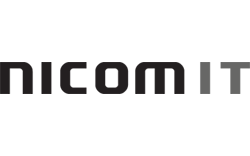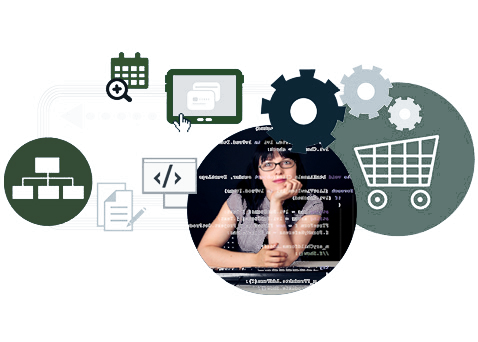You know where it’s all headed eh? Disposable tablets.
That’s right. Tablet PCs are being produced so cheaply in India that they are starting to become a single-use device. Companies there are currently selling these machines for as low as $30 US apiece, and predict they can bring them down to $10. So it isn’t hard to imagine a world where, for example, conference attendees receive their delegate packages burnt onto flash memory in a tablet PC.
So instead of killing trees, we’ll be littering our planet with discarded equipment.
And what about paper? Remember all the talk about the paperless office? Well it hasn’t happened, at least not yet. A recent report in The Economist tells of a leveling off in paper consumption in the past ten years, but shows that we still produce 25% more paper today per office worker than we did in 1980.
But there is some good news in all of this, and it is that there is a new way to deliver the printed page while lowering costs and improving productivity. That is the message I got from Garry Stewart, President of Datarite in Dartmouth. It is called managed print services, something that is growing by 30% per year.
Here’s how it works. Managed print service companies come in to do a study of your print usage, something Datarite does for free. Part of this study consists of simply walking through the office and seeing how printers are being used, but a big part of it is the installation of software on your server that tracks and reports on every page printed on printers connected to the server. After two to four weeks, they produce a report on your print patterns and suggest ways in which they can do it more cost-effectively.
The way they do that is by taking over the control of your printers, keeping equipment that is still worth keeping and replacing old printers with new ones that they own and maintain from that point forward. This includes maintenance and management of disposables such as toner and maintenance kits, and these are all things which they can purchase in volume, working with multiple vendors, and pass savings on to customers.
By better understanding usage patterns, companies such as Datarite can make recommendations as to the types of printers you need and where they should be physically located, so as to minimize costs. One thing Stewart tells me they notice a lot is companies using colour printers to print black-and-white reports, or maintaining old copy equipment they perhaps no longer need.
Once a company has started with the service, tracking software checks for alerts, such as toner or ink supply running low, and passes those alerts onto the managed print service company.
In addition to no longer having the hassle of managing their printers, companies can now have access to newer, better quality multi-function machines that can produce photocopies as well as original prints.
Stewart points out that print management plans are good for the environment, by helping companies print less and smarter, thus reducing paper and toner usage. Newer equipment reduces electricity consumption, and companies such as his make use of remanufactured toner cartridges whenever possible, via their print cartridge collection and recycling program.
The way the costs work is that you pay a set fee which includes a set number of pages and the maintenance of the printers. Every three months, your usage pattern is compared to the estimated usage, and any required adjustment is made, up or down. Over time, this starts to become a flat predictable fee which you can treat as an operational expense.
Datarite started as a supply company in 1984, then moved into services, and then into being a supplier of printers. Now they are moving into this next phase, managed print services. They have five offices throughout Atlantic Canada.
Stewart explains that many companies don’t fully understand the total cost of ownership of printers, which is made up of the equipment, which will eventually wear out, plus the maintenance and the cost of each page that is printed. He says once they understand what it really costs the old way, a majority of companies become customers of the new way.
The typical cost saving is in the 25 to 30 percent range, Stewart says.

